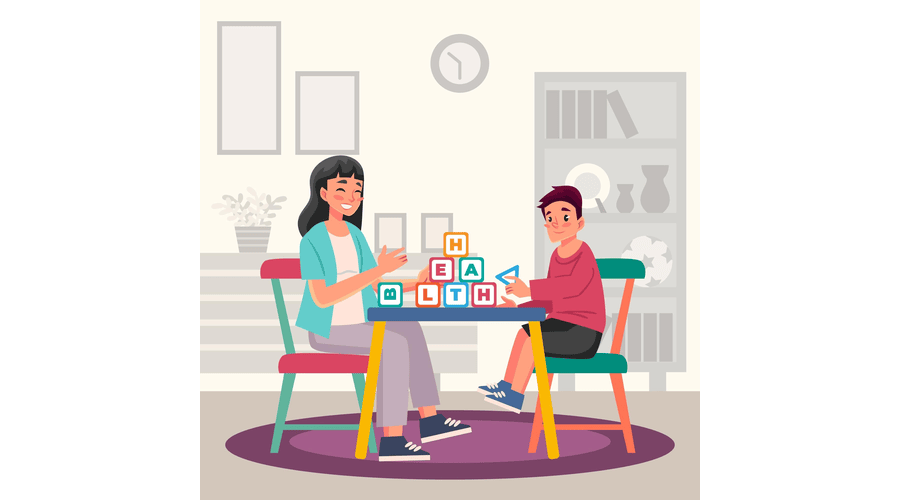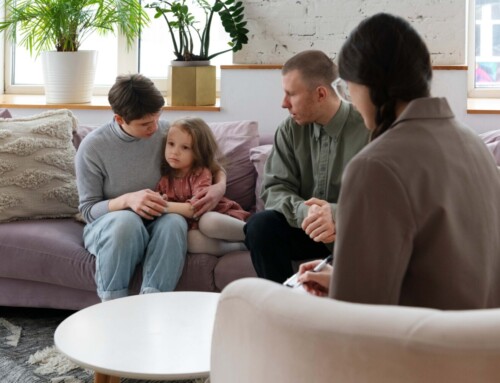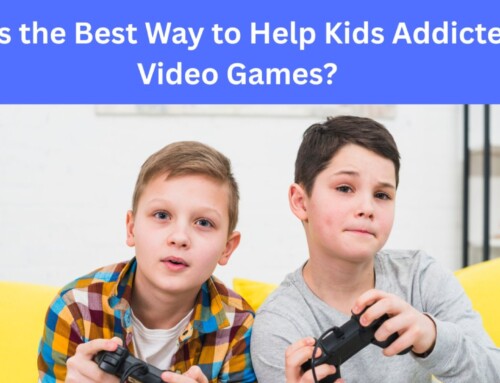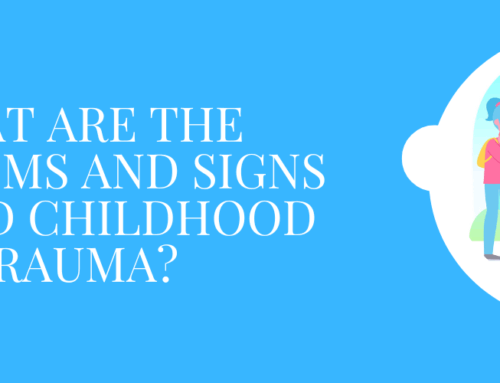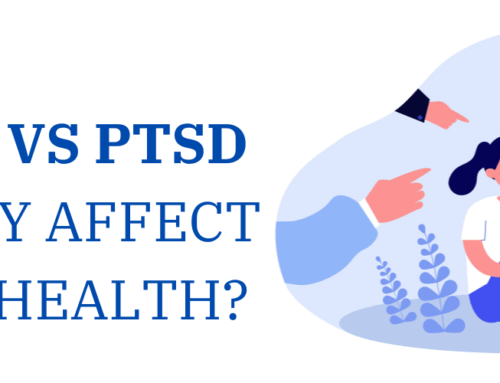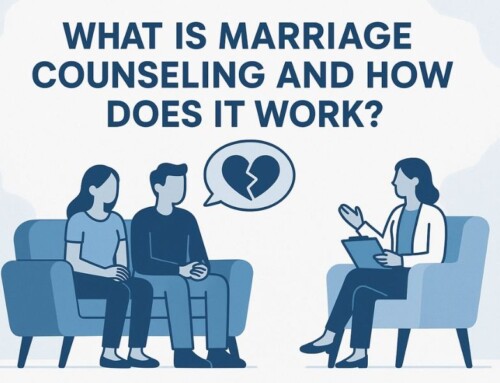Is Play Therapy Evidence Based or Just Child’s Play?
TL;DR
|
|---|
Yes, play therapy is backed by decades of research. But like any therapeutic approach, not all forms are created equal, and not every study paints the same picture. That’s why questions like “Is child-centered play therapy evidence-based?” or “Does this count as real treatment?” keep popping up.
If you’re a parent, teacher, therapist-in-training, or just skeptical, this blog is your roadmap. We’ll break down the evidence, look at what works (and what’s still emerging), and help you understand when play therapy is more than just child’s play.
Let’s get into it.
What Findings Do We Have For Is Play Therapy Evidence Based Practice?
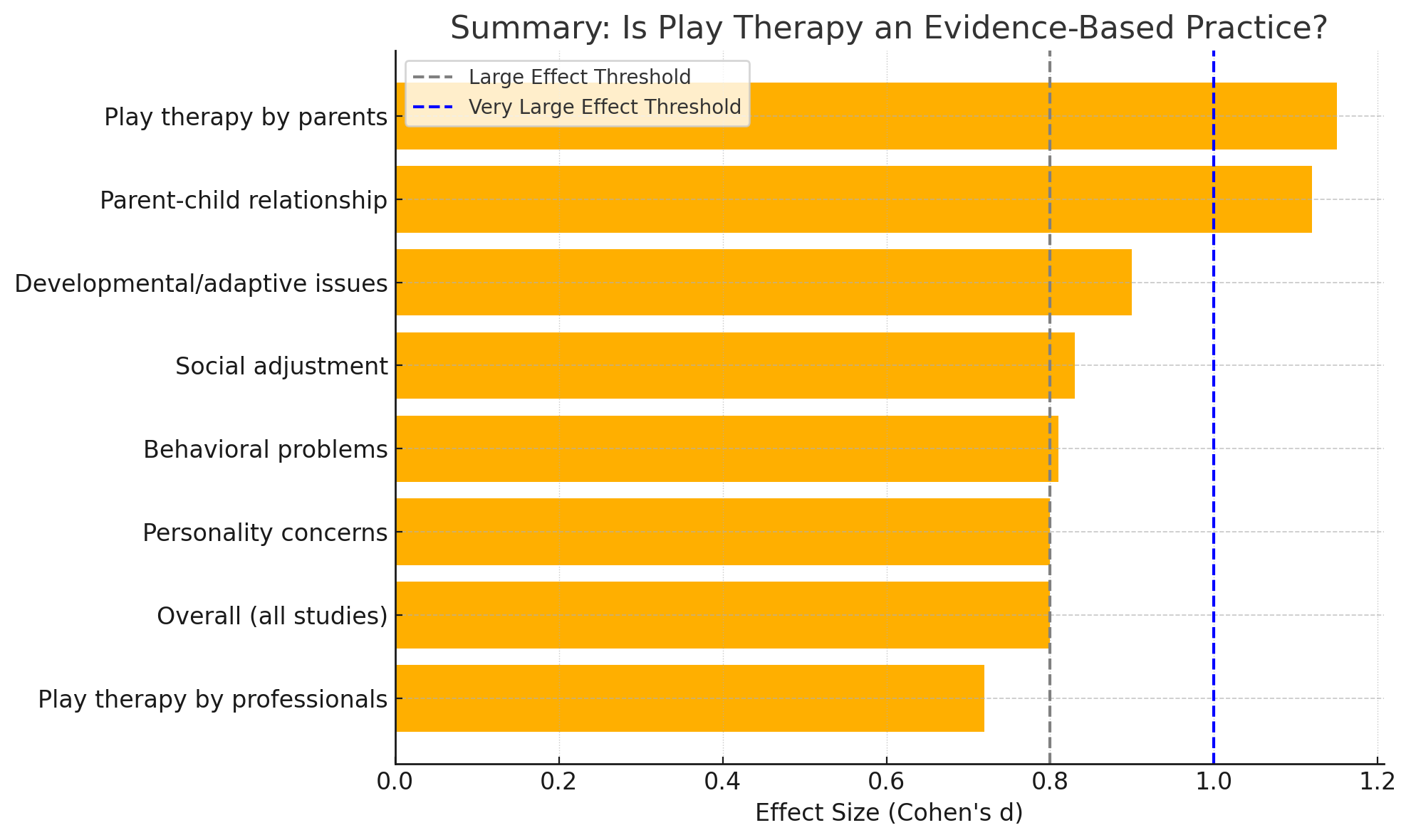
The term “Evidence-Based Practice” (EBP) gets mentioned frequently, but let’s clearly define what it means, according to leading experts.
Multiple meta-analyses and comprehensive literature reviews consistently show that play therapy produces moderate to high positive effects among preschool and school-age children.
What were the Key Findings of the Bratton, Ray, Rhine, & Jones (2005) Analysis?
Play therapy demonstrated a large overall treatment effect size of 0.80 standard deviations, indicating that children who received play therapy showed significantly greater improvement than those who did not (Source).
Range of Issues Addressed:
Play therapy was found effective for a broad spectrum of child issues, including:
- Emotional difficulties e.g., anxiety, depression
- Behavioral problems e.g., aggression, conduct issues
- Developmental and adaptive concerns
- Social adjustment and personality concerns
- Parent-child relationship stress
Consistency Across Groups:
The effectiveness of play therapy was consistent across:
- Age and gender
- Clinical and nonclinical populations
- Different settings (schools, clinics, residential, crisis situations)
- Both individual and group formats
Theoretical Approaches:
Both humanistic (e.g., child-centered) and nonhumanistic (e.g., behavioral) play therapy approaches were effective, with humanistic approaches showing slightly larger effects.
Parental Involvement:
Including parents (as in filial therapy) led to even greater positive outcomes for children.
|
Outcome Domain |
Effect Size (d) | Interpretation |
|---|---|---|
|
Overall (all studies) |
0.80 |
Large effect |
| Play therapy by professionals |
0.72 |
Large effect |
| Play therapy by parents |
1.15 |
Very large effect |
|
Behavioral problems |
0.81 |
Large effect |
|
Social adjustment |
0.83 |
Large effect |
|
Personality concerns |
0.80 |
Large effect |
|
Developmental/adaptive issues |
0.90 |
Large effect |
|
Parent-child relationship |
1.12 |
Very large effect |
What Is Child-Centered Play Therapy (CCPT)?
If you’re wondering what kind of play therapy works best for kids and is play therapy effective for troubled children, Child-Centered Play Therapy (CCPT) is one of the most trusted approaches. It’s gentle, respectful, and puts your child in the lead, because no one understands their world better than they do.
How Does It Work?
Instead of asking your child to talk about their feelings directly (which can be hard for many kids), CCPT lets them express those feelings through play, their natural language.
In a typical session:
- Your child chooses the toys and activities.
- The therapist follows their lead, offering support, not instruction.
- There’s no pressure to “fix” anything, just a safe space where your child feels accepted and heard.
The focus is on building trust and emotional safety, so your child can explore big feelings, tough situations, and even fears, at their own pace.
Why Parents Trust It:
– It respects your child’s pace and personality
– It builds confidence, emotional strength, and communication skills
– It’s especially helpful for kids dealing with anxiety, social struggles, or school stress
You don’t need to worry about your child being “told what to do” or “is child centered play therapy evidence based”. In CCPT, they’re in charge of their story, and the therapist walks beside them, not in front of them.
Where Does Play Therapy Work?
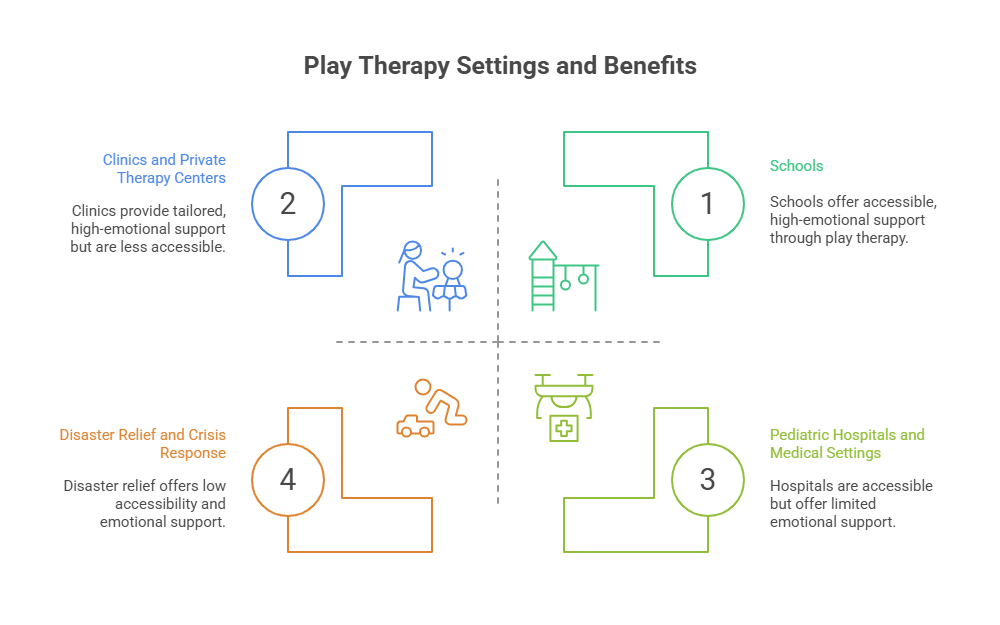
Play therapy isn’t limited to clinics; it’s used in many settings where children need emotional support. Here are the most common places it’s making a difference:
1. Schools
- Helps with behavior and focus: CCPT is often used to support kids who are hypersensitive, withdrawn, or struggling to pay attention.
- Supports transitions: Children adjusting to new environments (e.g., starting school, moving, parental separation) benefit from emotional grounding through play.
- Boosts academic and social success: When emotional needs are addressed, children often do better in school and peer relationships.
2. Clinics and Private Therapy Centers
- Tailored to individual needs: Whether it’s anxiety, ADHD, grief, or trauma, licensed therapists create a custom therapy journey for the child.
- Safe space for deeper work: A controlled, child-friendly setting allows for consistent therapeutic progress over time.
- Parent involvement is easier: Parents can collaborate closely with trained therapists for more consistent support at home.
3. Pediatric Hospitals and Medical Settings
- Eases medical stress: For children facing chronic illness, surgeries, or hospital stays, play therapy helps reduce fear, anxiety, and emotional shutdown.
- Improves coping and resilience: Therapists use medical-themed toys and role-play to help children process procedures or diagnoses.
- Supports family bonding: In stressful medical environments, play therapy can create a moment of connection between children and their caregivers.
4. Disaster Relief and Crisis Response
- Addresses trauma early: After natural disasters, community violence, or other traumatic events, play therapy helps children begin to process what happened, even when they can’t put it into words.
- Mobile and scalable: Play therapy kits and trained professionals are often deployed in shelters, community centers, and mobile units.
- Reduces long-term effects: Early intervention reduces the risk of PTSD, anxiety, and other long-term emotional issues.
Why Are Parents Opting for Play Therapy These Days?
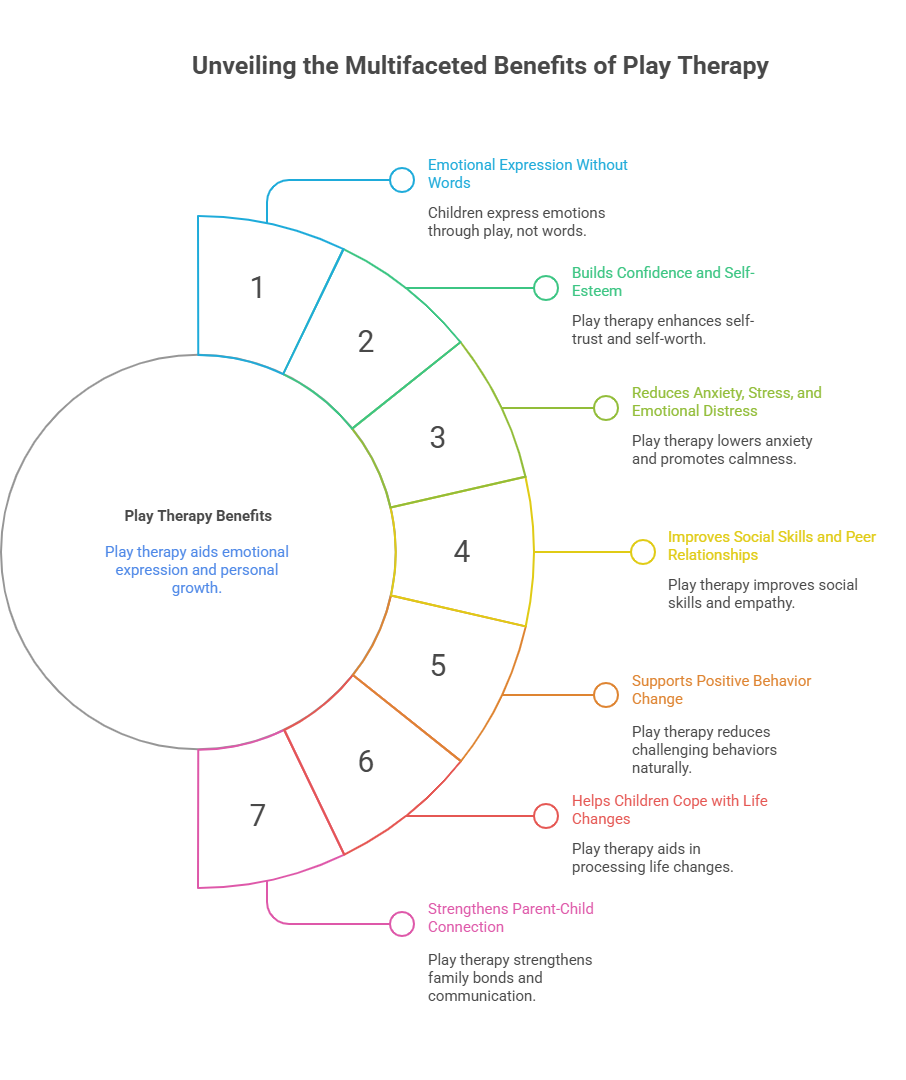
Play therapy isn’t just about having fun, it’s a powerful way for children to heal, grow, and understand their world. Through play, kids can express what they often can’t say in words, especially when they’re dealing with big emotions or difficult situations.
Here are some of the most meaningful benefits:
1. Emotional Expression Without Words
Children often don’t have the language to explain how they feel. Play therapy gives them a way to “show” instead of “tell”, using toys, drawings, and stories to work through anger, sadness, fear, or confusion.
2. Builds Confidence and Self-Esteem
As children explore and make choices during sessions, they begin to trust themselves and feel more in control. That sense of autonomy helps build self-worth, especially important after difficult life events.
3. Reduces Anxiety, Stress, and Emotional Distress
Play therapy can lower anxiety levels and help children feel calmer and safer. It’s especially helpful for kids who are easily overwhelmed or have trouble managing big emotions.
4. Improves Social Skills and Peer Relationships
Whether through role-playing or group play therapy, children learn how to share, solve conflicts, and express empathy, skills that help them build stronger relationships at home and school.
5. Supports Positive Behavior Change
As kids process emotions and feel more regulated, challenging behaviors often decrease naturally, without punishments or lectures. Play therapy helps get to the why behind the behavior.
6. Helps Children Cope with Life Changes
Whether it’s divorce, grief, illness, or a new school, play therapy gives kids a healthy way to process change and build resilience.
7. Strengthens Parent-Child Connection (When Parents Are Involved)
Models like Child-Parent Relationship Therapy (CPRT) actively include parents, helping families reconnect, rebuild trust, and create more supportive communication patterns.
Are There any Real-Life Examples of Is Play Therapy Evidence Based?
Yes, and they show just how impactful play therapy can be when words aren’t enough.
While the research tells us it works, real-life stories bring it to life. In situations where children have experienced trauma, grief, or overwhelming stress, play therapy has helped them process emotions, feel safe again, and regain a sense of control.
1. Supporting Children After Natural Disasters
After Hurricane Helene, play therapists working with young survivors found that many children couldn’t speak about what they had lost, but they could act it out using toys, drawing, and role play.
As reported in The Guardian, children used play to express grief, recreate rescue scenes, and regain a sense of control, showing how powerful this approach can be when words fall short.
“The way a child plays is the way they live. In trauma, it becomes their way back to safety.”
— The Guardian, 2025
2. Helping Refugee Children Process Trauma
In refugee camps and displacement zones, therapists have used group sandtray therapy to support children who’ve experienced war, loss, or forced migration.
According to case reports documented by the Association for Play Therapy (APT), children in these sessions began expressing deep emotions, sometimes for the first time. The shared group setting helped build emotional resilience and social connection.
Sandtray therapy gave children “a safe distance to explore difficult memories while being grounded in the present,” one therapist noted.
How Does CCPT Compare to Other Play Therapy Models?
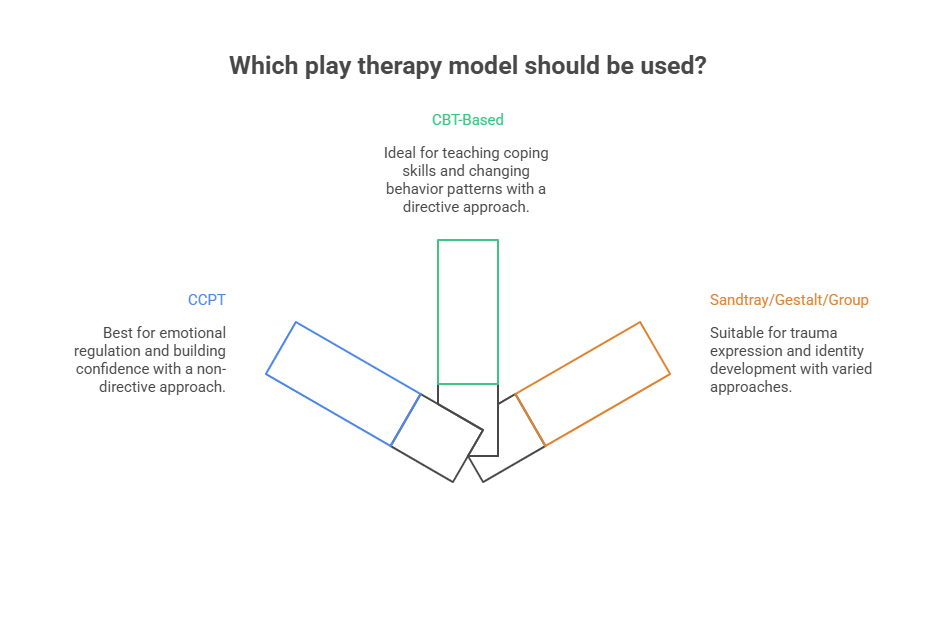
Not all play therapy works the same way. While Child-Centered Play Therapy (CCPT) is one of the most widely used approaches, other models, like CBT-based play therapy or sandtray work, offer different tools for different needs.
Here’s a quick breakdown to help you understand the main differences:
1. Child-Centered Play Therapy (CCPT)
- Approach: Non-directive (child leads the session)
- Focus: Emotional regulation, self-expression, and building confidence
- Best for: Children dealing with anxiety, emotional challenges, or those who need a gentle, trust-based approach
- Evidence Level: Moderate to high
- Supported by decades of research and multiple meta-analyses
- Especially effective when paired with parent involvement (e.g., CPRT)
2. CBT-Based or Adlerian Play Therapy
- Approach: Directive (therapist provides structure and activities)
- Focus: Teaching specific coping skills, changing behavior patterns, and problem-solving
- Best for: Children with ADHD, oppositional behavior, anxiety, or who benefit from more structure
- Evidence Level: Also supported
- Endorsed by mental health experts and often used in family therapy models
- Focuses on cause-and-effect thinking and goal-oriented outcomes
3. Sandtray, Gestalt, and Group Play Therapy
- Approach: Varies, can be directive or non-directive depending on the therapist and setting
- Focus: Trauma expression, identity development, social skills, and personal insight
- Best for: Children processing trauma, grief, or significant life changes; also helpful in group or cross-cultural settings
- Evidence Level: Growing
- Sandtray therapy is gaining traction in trauma and refugee work
- Gestalt approaches help children explore inner experiences and patterns
- Group play therapy builds peer connection and empathy
Summary Table
|
Model |
Style | Main Focus | Evidence Status |
|---|---|---|---|
| CCPT | Non-directive | Emotional regulation, self-esteem | Moderate–High |
| CBT-Based / Adlerian | Directive | Coping skills, behavior change | Supported |
| Sandtray / Gestalt / Group | Varies | Trauma expression, social development | Growing |
From Playrooms to Progress: TLC’s Approach in Action
At Total Life Counseling, therapy isn’t just a clinical process; it’s a deeply personal journey. Whether your child is anxious, overwhelmed, or simply struggling to express big emotions, we meet them right where they are: in the world of play.
Using proven techniques like child-centered play therapy, sandtray work, and parent-inclusive models, our licensed therapists turn playrooms into safe spaces where children can explore, express, and heal. Every session is tailored to your child’s unique emotional needs, because no two kids are alike.
What truly sets us apart is our whole-family approach. Parents aren’t left in the waiting room; they’re welcomed as collaborators. And with a team that includes trauma-informed specialists, ADHD coaches, and child development experts, we offer the right tools at the right time, every step of the way.
Request a 15-minute consultation @ $0 Today!
Frequently Asked Questions
What age is best for play therapy?
Play therapy is most effective for young children aged 3 to 12, when the language of play is their primary way of expressing emotions. Numerous studies in the field of play therapy show that early use leads to optimal growth, especially for kids experiencing traumatic experiences or attention deficit hyperactivity disorder.
How do I know if my child needs play therapy?
If your child shows anxiety symptoms, aggressive behavior, or struggles after events like domestic violence or divorce, a play therapy intervention can help. The therapeutic power of play allows them to express sensitive information safely. Play therapy research and a growing number of studies support its use in a wide range of childhood concerns.
What happens during a play therapy session?
The child plays with toys, art, or sand while the therapist observes and supports the therapeutic process. Through the process of play, kids express emotions nonverbally, and the therapist builds a therapeutic relationship to guide healing. This approach respects the interpersonal process and avoids forcing verbal explanations.
How long does play therapy take to show results?
Based on current play therapy research and randomized controlled trials, positive results often appear after 12 to 20 sessions. Outcomes improve when the therapeutic relationship is strong and the child actively engages in the role of play therapy over time.
Is play therapy effective for kids with anxiety or ADHD?
Yes. Play therapy research confirms it helps reduce anxiety symptoms and supports children with attention deficit hyperactivity disorder. The use of play therapy offers structure and freedom, helping kids self-regulate and explore emotions. It’s also effective for those with autism spectrum disorders.
What’s the difference between talk therapy and play therapy?
Talk therapy relies on verbal skills; play therapy uses the child’s language, play. It taps into natural expression and allows for a safer interpersonal process. In clinical practice, the therapeutic modalities in play therapy help uncover deeper emotions, especially in young children.
Can parents be involved in the play therapy process?
Yes. Parent involvement, such as through Child-Parent Relationship Therapy, strengthens the therapeutic relationship at home. Research shows better results when families are part of the therapeutic process, supporting the child’s progress beyond the playroom.
Can play therapy work for children who don’t talk much?
Absolutely. The power of play allows nonverbal or shy children to express themselves without words. Especially for kids on the autism spectrum disorders or recovering from traumatic experiences, the language of play makes therapy accessible and healing.
How do I prepare my child for their first play therapy session?
Keep it simple: explain they’ll play in a special room with someone who helps kids. No deep prep needed. The therapeutic process starts naturally as they engage in the process of play, and the therapist supports them through the interpersonal process without pressure.
Filed in: Gemima McMahon, Play Therapy
Share This Story, Choose Your Platform!
Total Life Counseling Center consists of Licensed Counselors, masters level therapists, Español counselors, Licensed Mental Health Counselors, business coaches, and image enhancement coaches who provide counseling for emotional, mental, physical and spiritual care including marriage, individual, family, substance abuse and more. TLC’s family, trauma and marriage experts have been interviewed on National and Local TV/Radio over 200 times for their expert advice on Fox News, OWN, WETV, ABC’s Medical Minute and more. Our skilled counselors are relational, approachable and specialists providing therapy services in the Central Florida area including: Orlando, Winter Park, MetroWest, Windermere, Dr. Phillips, East Orlando, Lake Mary, and Clermont, Boca Raton Florida, and Dallas, TX.

